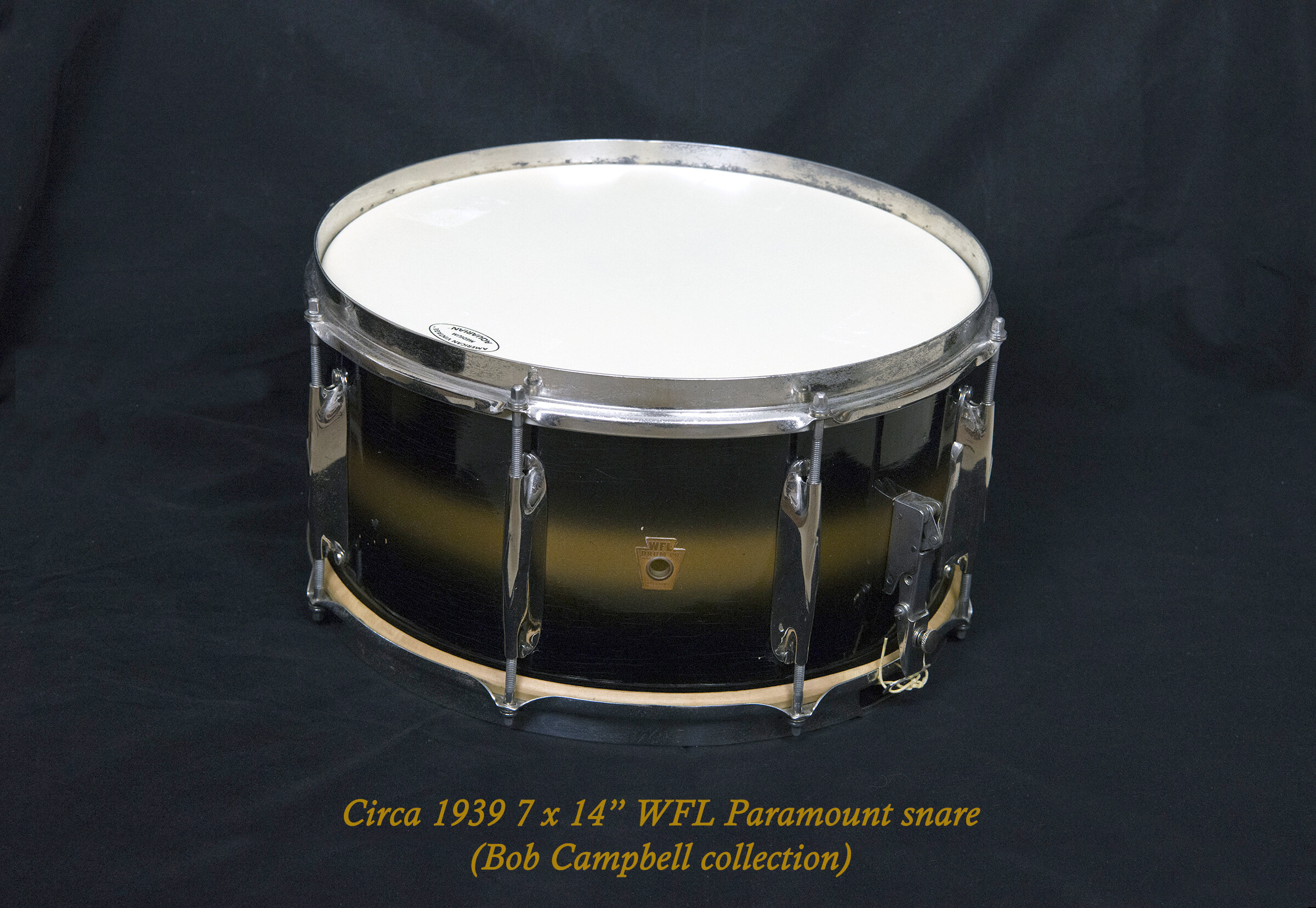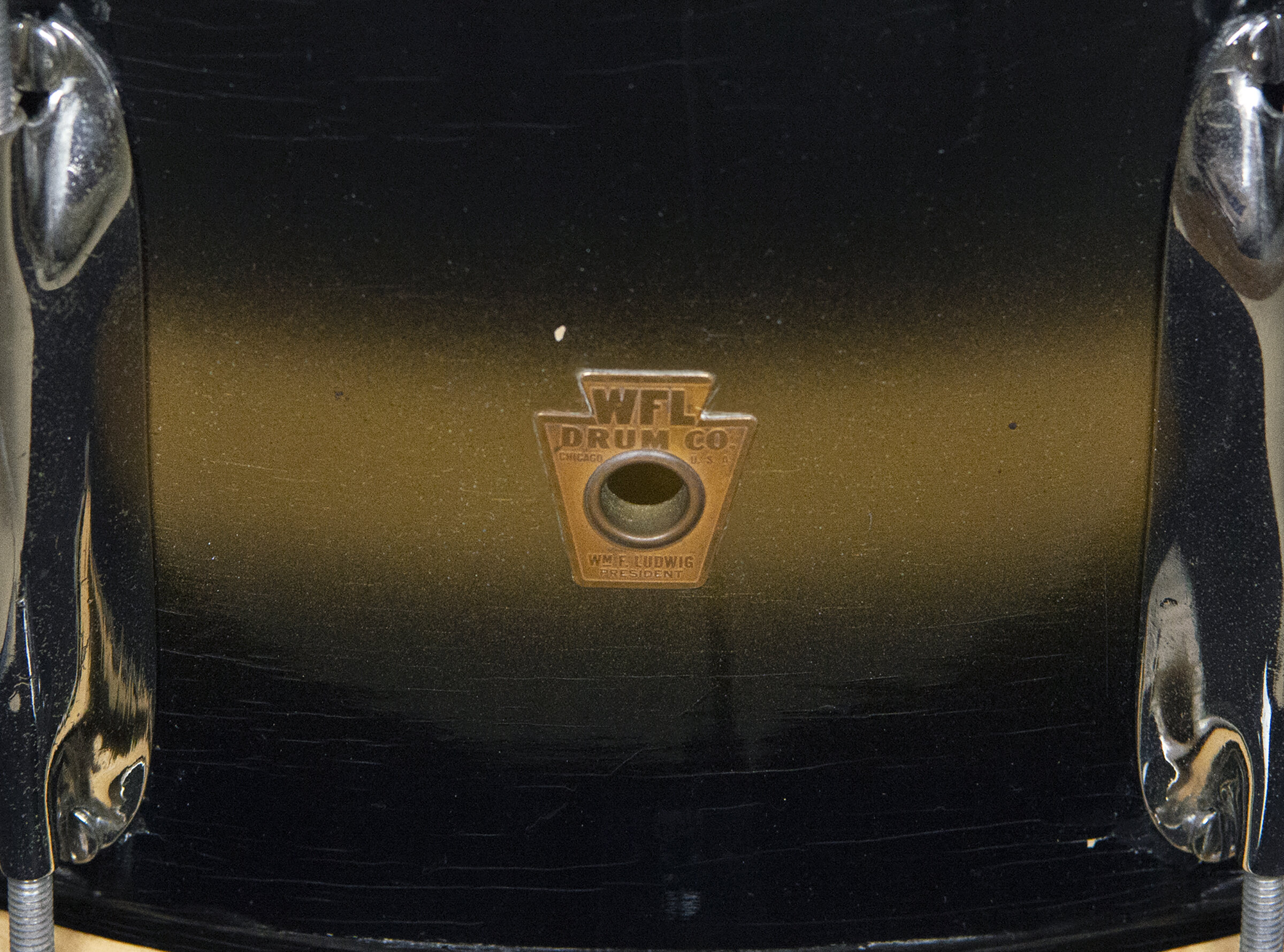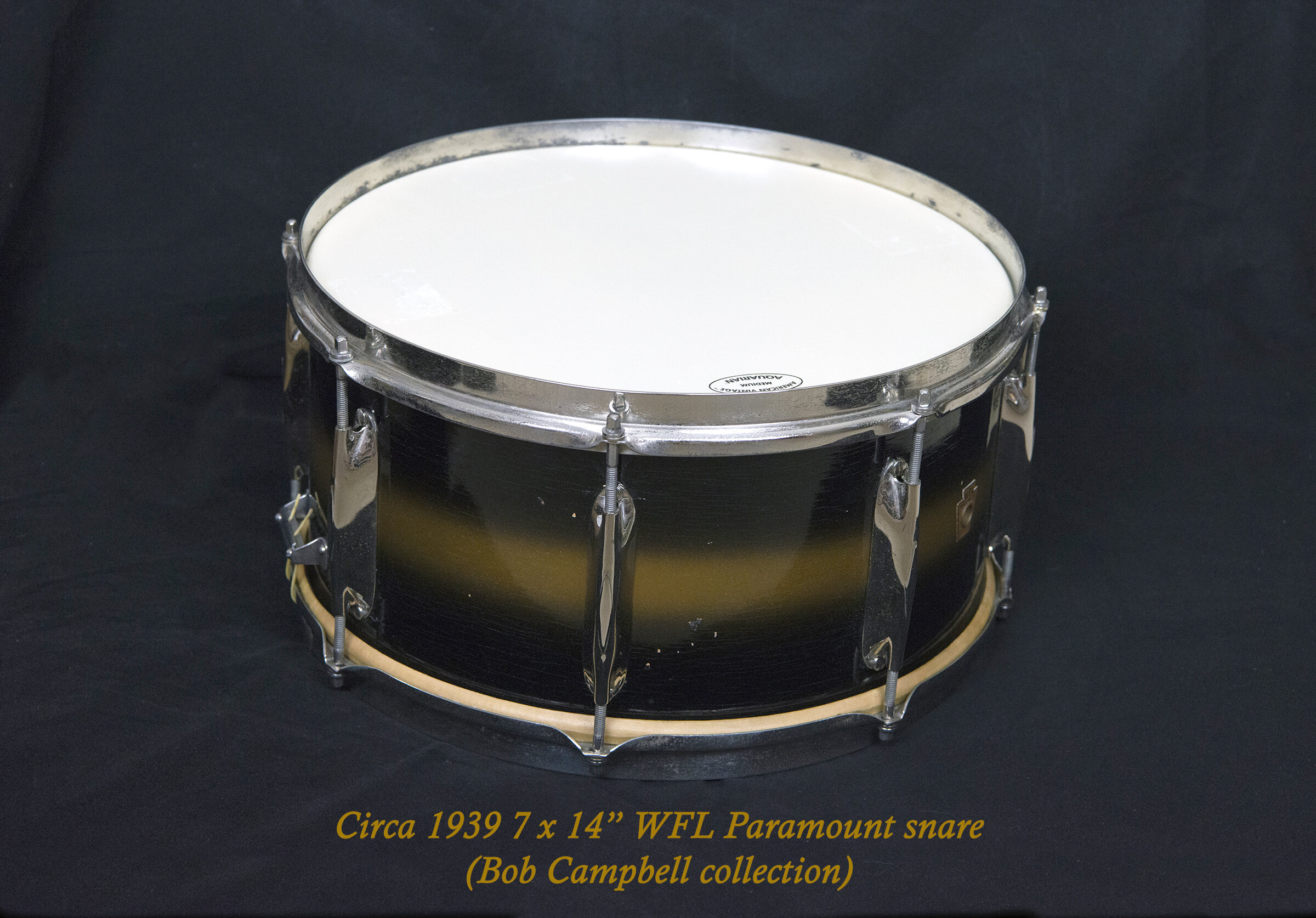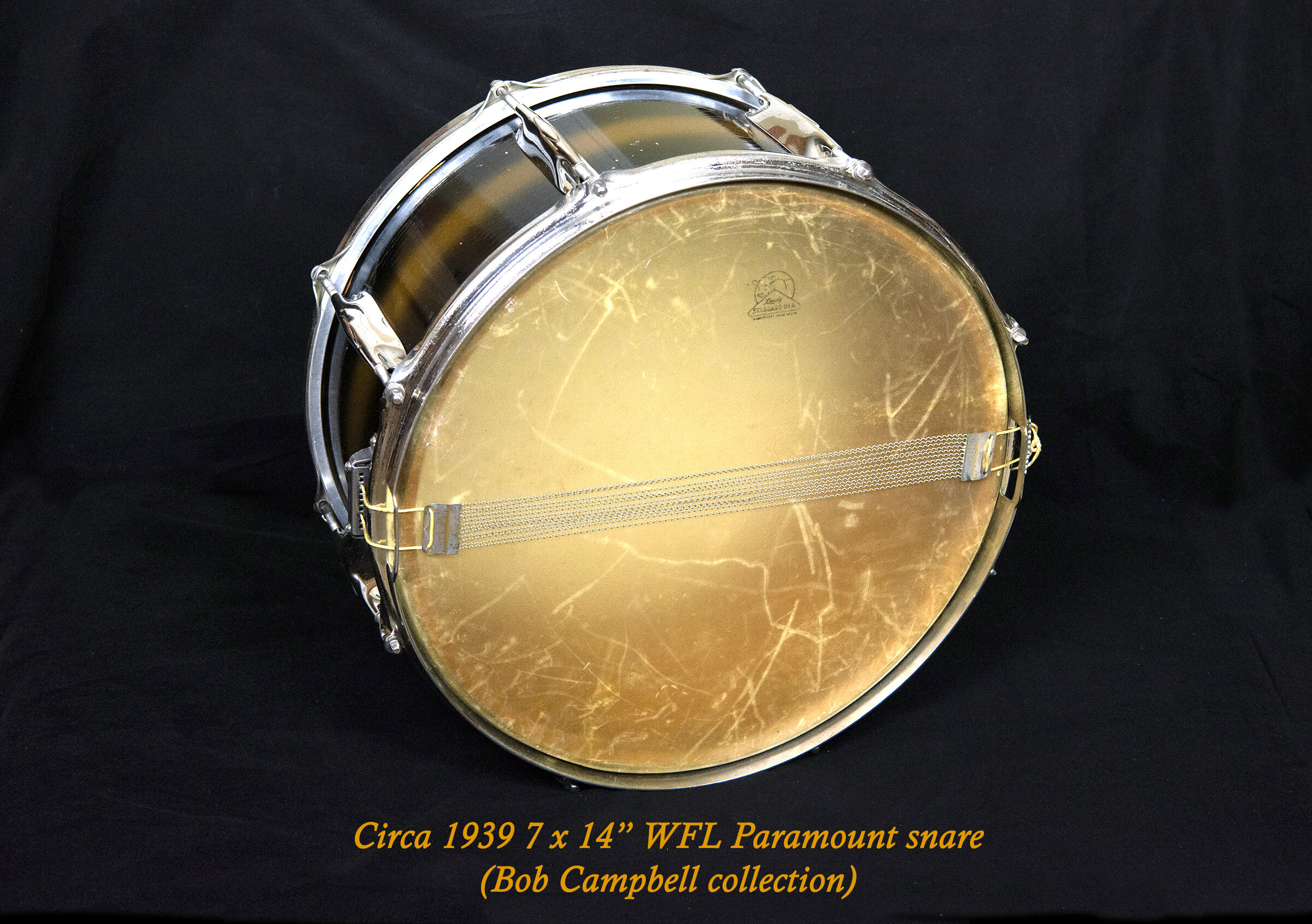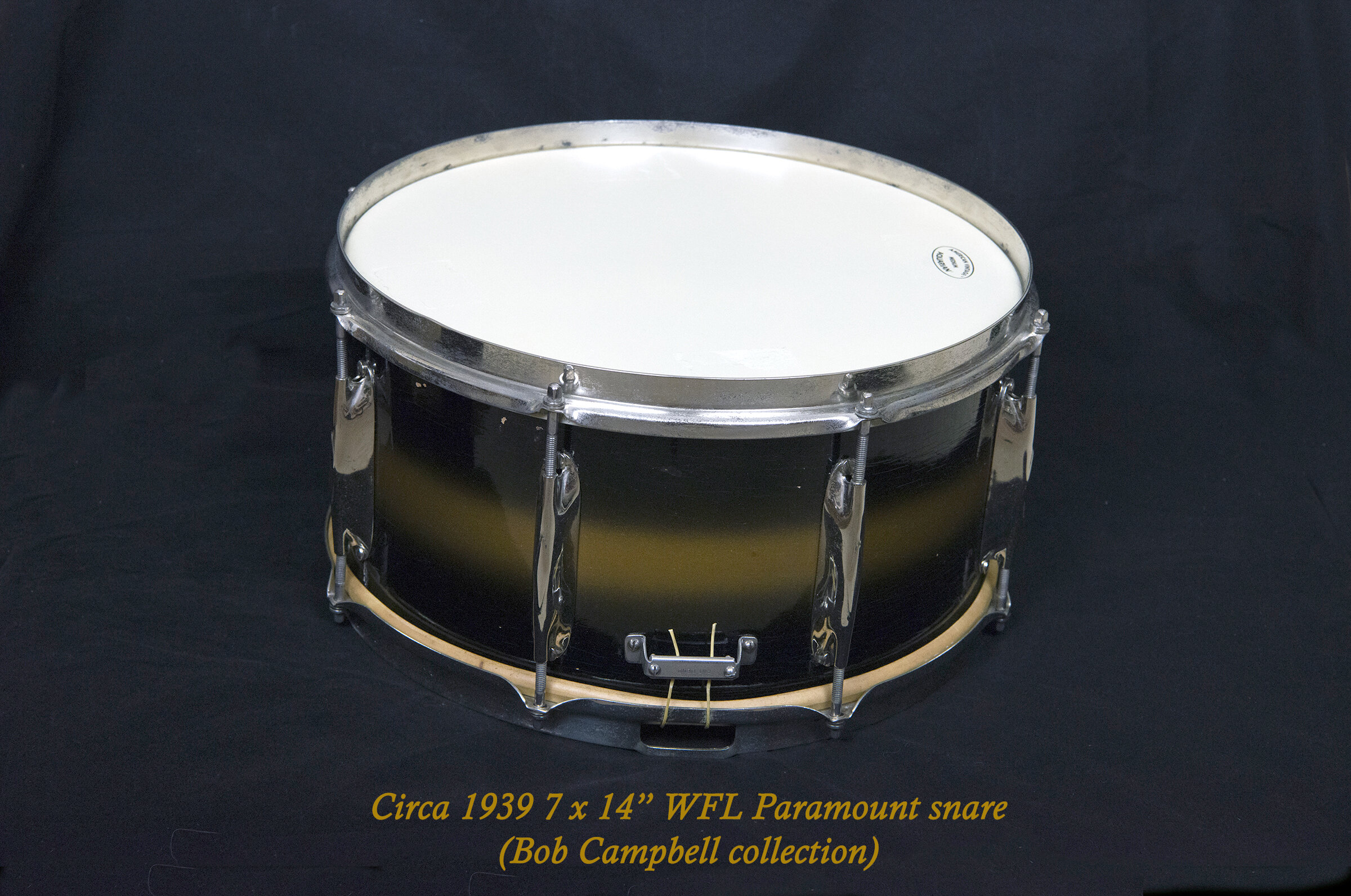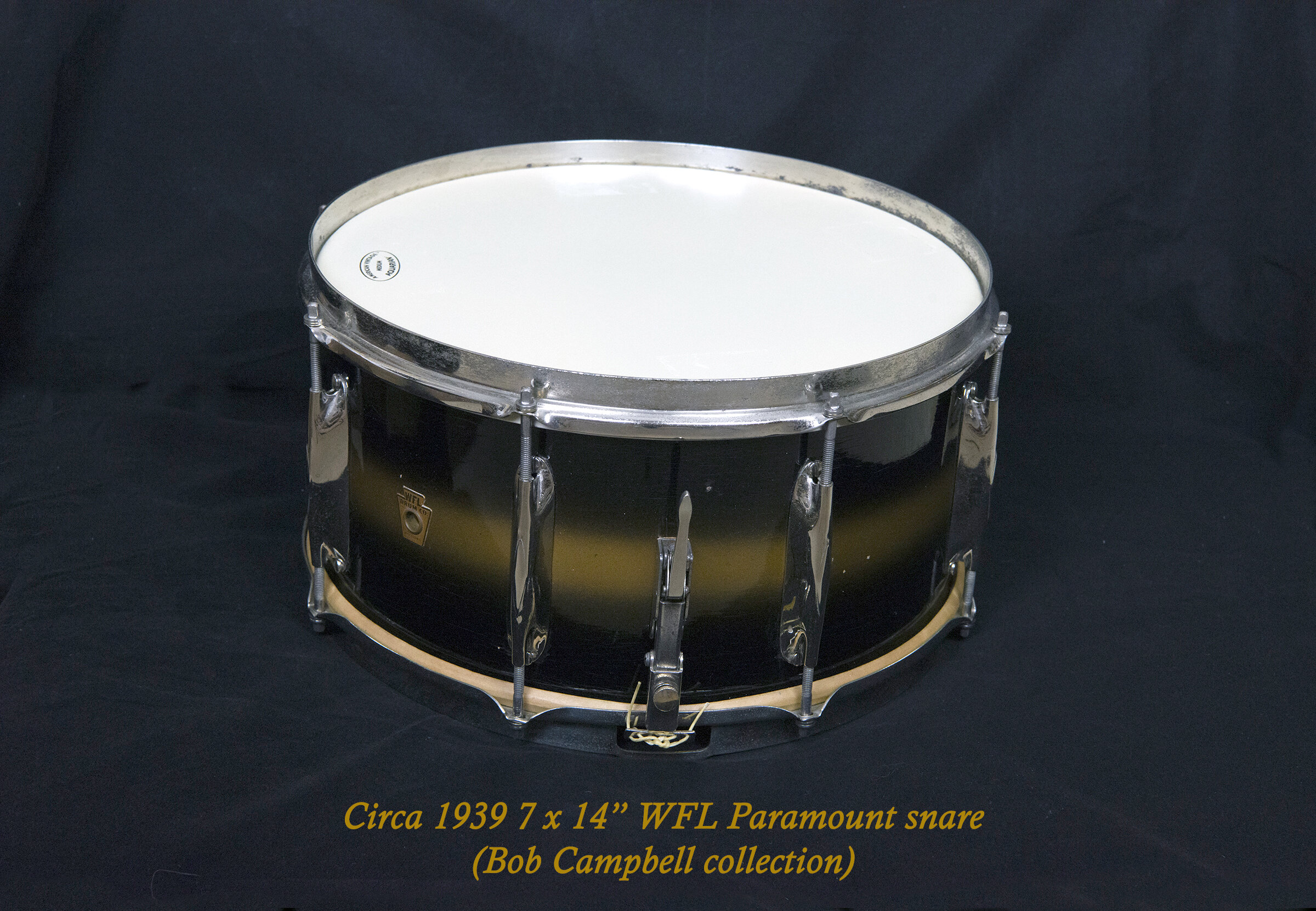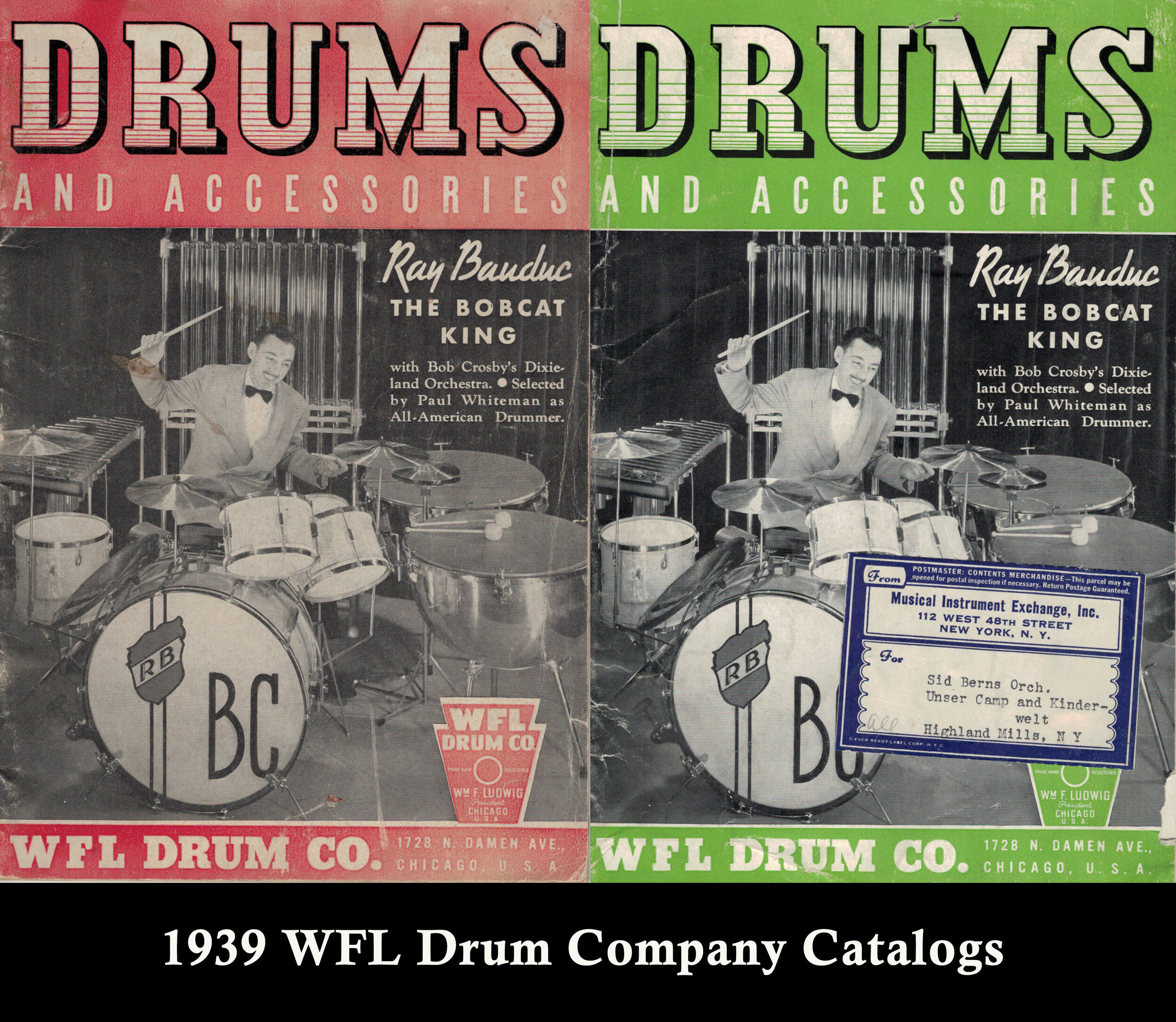By Bob Campbell with Joe “Joey Boom” Mekler
Certain pivotal events in history serve as reminders of perseverance in the face of adversity. A vintage drum is not just a wonderful sounding instrument or a period piece of art/craftsmanship but a historic snapshot of drum history. A vintage drum represents the culmination of all the efforts that led to its production and all the hands that played it.
The WFL Drum Company offers a poignant example of how one can succeed despite substantial challenges. In 1930, William F. Ludwig, Sr. signed over majority ownership of Ludwig & Ludwig to C.G. Conn Ltd. Six years later, he left Ludwig & Ludwig due to continued conflicts over the direction of the company. The timing was rather unfortunate as his stock was now worth only 1/10 of the value when he sold Ludwig & Ludwig. Harry Cangany (author, vintage drum historian) described his predicament very well: “Imagine starting over at fifty-eight with only 10% of what you worked 30 years to get? Was he brave, or crazy…or both?... He loved building drums. He worked six days a week, couldn’t wait to get to the factory, and hated to go home. Sundays were reserved for dinners with visiting professionals and for drum talk.”
Undaunted, Bill Sr. formed his own drum company and moved to 1728 Damien Ave. in Chicago. He initially called it the “William F. Ludwig Drum Company”. Conn threatened to sue as they believed they owned rights to the Ludwig name. To avoid litigation, Bill Sr. responded by changing the name to the “WFL Drum Company”. In the 1939 WFL catalog, it is emphasized that, “the W.F.L. mark is a guarantee that the instrument has been designed and produced under the personal supervision of Wm. F. Ludwig and Cecil H. Strupe…”. The catalog also states, “Look for the trademark (the WFL keystone badge). For your protection and to avoid confusion, we have adopted this trademark to distinguish our products from those of other any manufacturer.” Perhaps a jab at Conn?
To make a long story short, the company continued until 1955, when Bill Sr. bought back the rights to his company via the acquisition of Leedy & Ludwig from Conn. The deal was constructed such that Bud Slingerland split the costs with Bill Sr., the Leedy dies and patents going to Bud, and all Ludwig & Ludwig assets to Bill Sr.
Fast forward many decades later, and I am approached on Facebook about a cool looking WFL black/gold duco snare drum with eight zephyr lugs. It had original double flange hoops and 12-strand WFL end-stamped wires. The top calf head was split, but the bottom Leedy stamped calf looked intact. The hardware was a bit rusty and needed work. While there were some flecks in the paint, the drum looked fairly good overall. I have generally avoided duco’s because their finish does not hold up well. I prefer not to touch up the paint and keep them original.
A close look at the keystone badge revealed that it said, “WFL DRUM CO. [underneath in smaller font, ‘CHICAGO’], WM. F. LUDWIG, PRESIDENT”. In conversations with WFL collector, Kurt Ekstrom, this badge appeared to be post-1937 “WFL Lyre badge” and before WFL started listing the address on the keystone badge (around 1941). According to the 1939 WFL catalog, this was a Paramount snare drum No. 416 in Black Ligure with a 3-ply mahogany shell and single “full extension throw-off strainer” (selling for $30 at the time). WFL called the model the Paramount because it represented, “professional quality at a cost within easy reach of all.” The Paramount snare is also included in the All American Swing Outfit of 1939.
For the catalog collectors, the 1939 WFL catalog was issued with both green and red/orange covers but are identical in content. The Paramount was still shown in the 1941 WFL catalog, but the badge had changed to include the Chicago address.
I decided that this was too cool to pass up. I contacted Joe Mekler (“Joey Boom”) to do the restoration. He had shown me some of his wonderful work at the Chicago Drum Show and I felt he was the right person for the job. Shown below are the string of texts that went back and forth during the restoration:
Joe Mekler:
[First evaluation after he received the drum] “The batter hoop is really rusted and will require extra time and care. Some pits will remain which is part of the aging process. There are some flea bites on the paint. I can touch up the black but prefer to leave the gold as it’s impossible to match and looks cheap. There you have it. I will sand and moisturize the inner ply and re-rings, even & smooth the edges and candle wax them for future dry lubrication. Complete disassembly required and will advise when I do as to any structural issues….When I’m done, she’s gonna be a beauty!”
[1st Update on the restoration] “Total cleaning and waxing needed. Man was this drum dry – whew!!! It [paint loss] will be completely covered by the collars. I will touch up the black around the hardware only and leave some of the small flea bites to keep the appearance of a decades used survivor. I’ll knock the rust off. However, the usual mini-pits will remain. It’s gonna be a respectable beauty. The interior grain is amazing.”
[2nd Update on the restoration] “The weak link to this resto are the hoops. The nickel plating is thin. In order to relieve the pits, the nickel goes with it. So, I backed off and kept as much nickel to match the hardware color. It will have the ‘patina’ over it. Still gonna be sweet… Ok that is all.”
[Restoration complete – final comments] “Holy cripes, Bob, this thing is a dream to play. Low fat - high crispy. Very sensitive and 1/4 turn on the tension screw. It sounds great!”
In the end, I thoroughly loved the outcome of the restoration. Joe did a beautiful job. The drum was cleaned and protected from further corrosion. It wasn’t pristine, but it was going to be preserved and last for hopefully many decades to come.
This 1939 WFL Paramount snare was produced in the year that Germany invaded Poland, and just over 2 years later, the U.S. would join the war. Bill Ludwig, Sr. had lost his name, much of his savings, and yet survived both the transition and WWII. In the end, his company thrived, and he regained his name. There is so much to be admired about Bill Sr’s. drive, fortitude, and relentlessness. This 1939 WFL Paramount snare is one representation of his work during this challenging time and embodies all those who appreciated its sound and construction over 8 decades.
Sincere thanks to Joe Mekler, Harry Cangany and Kurt Ekstrom for their assistance in the preparation of this article. Joe has another precious and extremely rare vintage Ludwig & Ludwig in his hands for restoration. Stay tuned for the upcoming story!
For questions regarding restorations by Joe Mekler, please contact: joeyboom@comcast.net
Reference:
Harry Cangany, “The Great American Drums and the Companies That Made Them, 1920-1969”, ed. Rick Van Horn, Modern Drummer Publications, Inc., N.J., 1996.
(A must-have for drum collectors if you can find a copy!!!)

